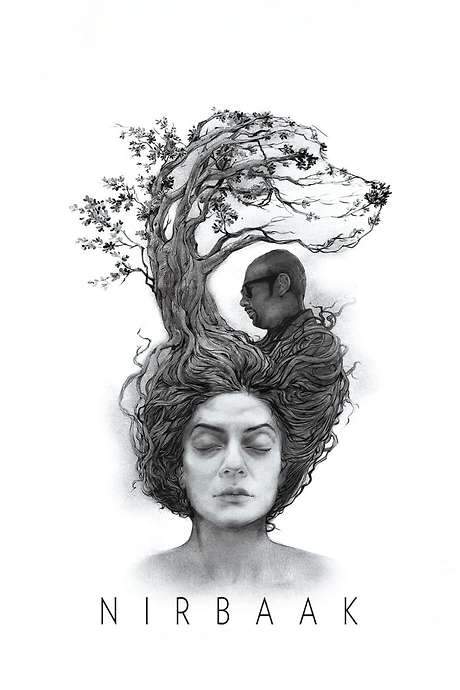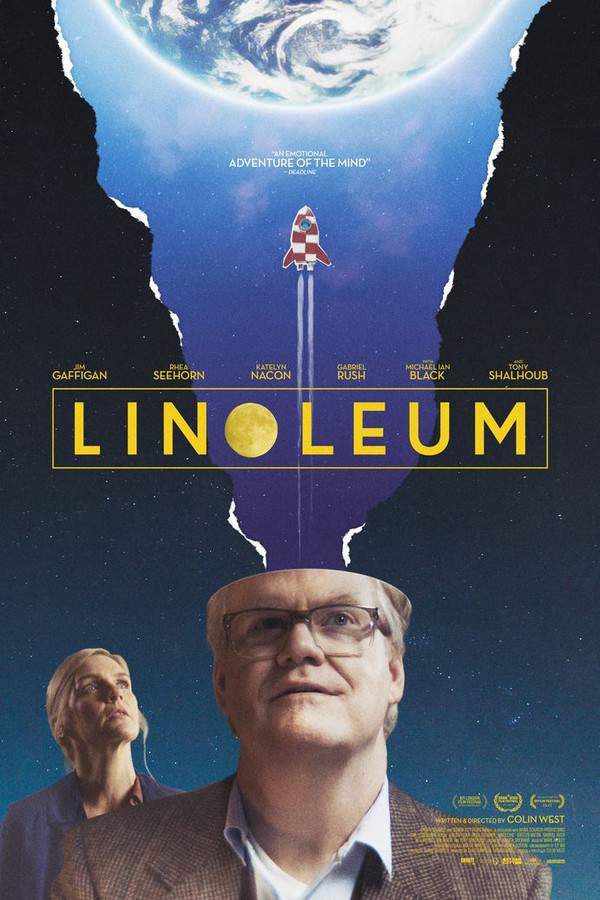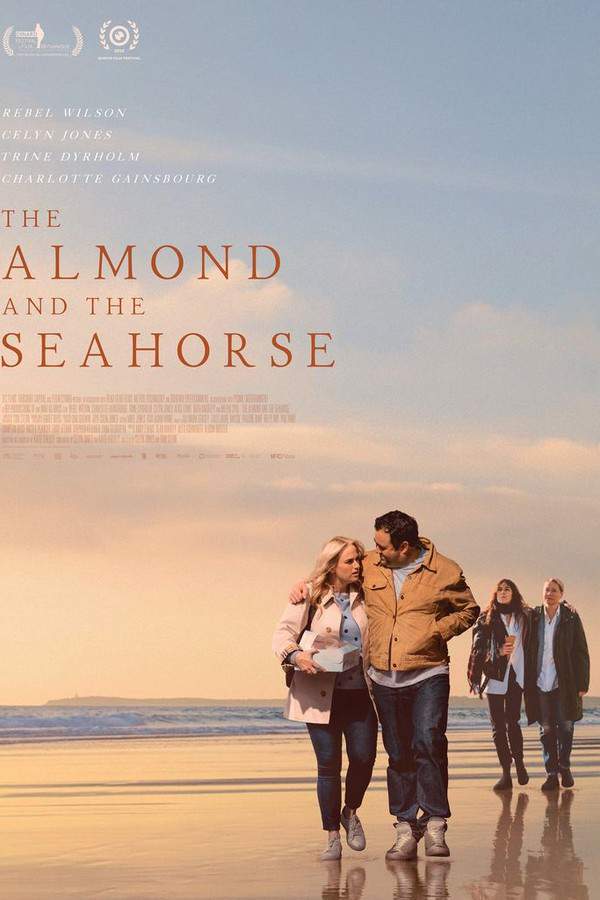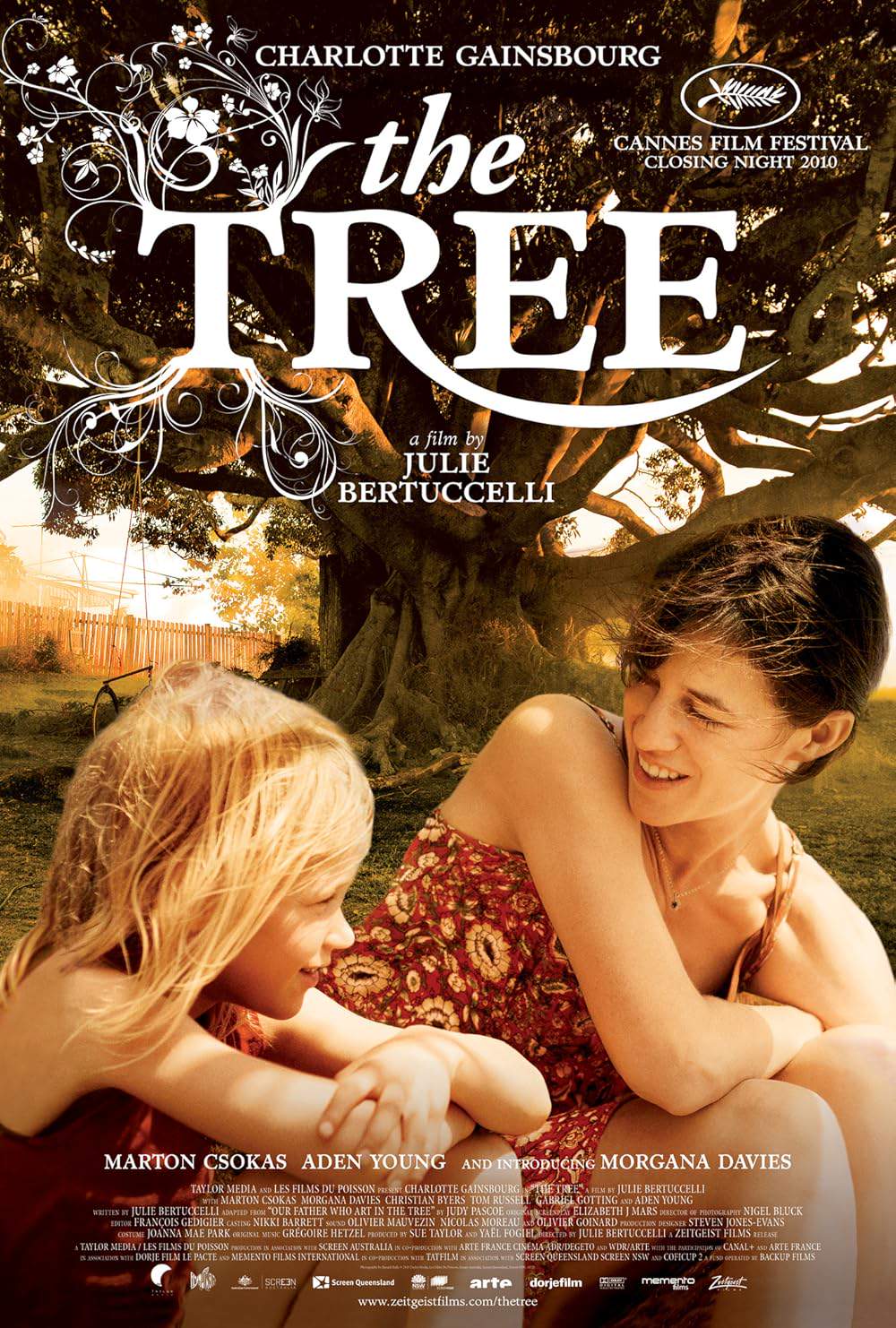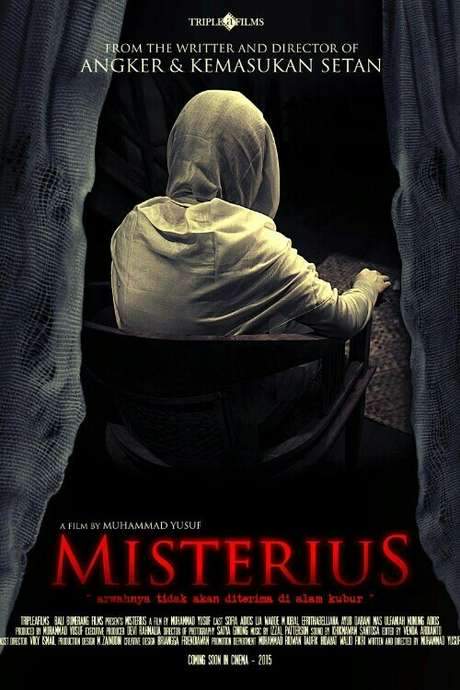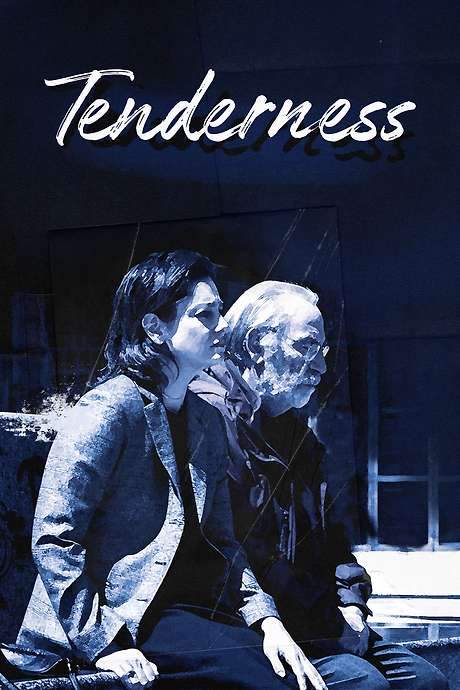-HOGtBZMKH4I3HQ.jpg)
Surviving Life (Theory and Practice)
Year: 2010
Runtime: 105 mins
Language: Czech
Director: Jan Švankmajer
Eugene, an aging man, lives a split existence—one grounded in reality, the other in a vivid dreamscape. Seeking insight, he consults a psychoanalyst who attempts to decode his nightly visions. Eventually, Eugene learns to enter his dream world voluntarily, uncovering memories of his childhood and the true story of his parents.
Warning: spoilers below!
Haven’t seen Surviving Life (Theory and Practice) yet? This summary contains major spoilers. Bookmark the page, watch the movie, and come back for the full breakdown. If you're ready, scroll on and relive the story!
Timeline & Setting – Surviving Life (Theory and Practice) (2010)
Explore the full timeline and setting of Surviving Life (Theory and Practice) (2010). Follow every major event in chronological order and see how the environment shapes the story, characters, and dramatic tension.
Last Updated: October 03, 2025 at 10:17
Main Characters – Surviving Life (Theory and Practice) (2010)
Meet the key characters of Surviving Life (Theory and Practice) (2010), with detailed profiles, motivations, and roles in the plot. Understand their emotional journeys and what they reveal about the film’s deeper themes.
Last Updated: October 03, 2025 at 10:17
Major Themes – Surviving Life (Theory and Practice) (2010)
Explore the central themes of Surviving Life (Theory and Practice) (2010), from psychological, social, and emotional dimensions to philosophical messages. Understand what the film is really saying beneath the surface.
Last Updated: October 03, 2025 at 10:17
Explore Movie Threads
Discover curated groups of movies connected by mood, themes, and story style. Browse collections built around emotion, atmosphere, and narrative focus to easily find films that match what you feel like watching right now.
Surreal psychoanalytic dream journeys like in Surviving Life (Theory and Practice)
Films that explore the unconscious mind through surreal, symbolic dreamscapes.If you enjoyed the dreamlike exploration of the psyche in Surviving Life (Theory and Practice), you'll find similar movies here. These films use surrealism and non-linear narratives to delve into the unconscious mind, memory, and identity, often featuring therapy or self-analysis as a central theme.
Narrative Summary
Stories in this thread follow characters on a journey into their own minds, often guided by therapy or a personal crisis. The plot unfolds through a series of symbolic visions or dreams that progressively reveal a hidden truth about the protagonist's past, leading to a confrontation with painful memories and a fractured sense of self.
Why These Movies?
These films are grouped together because they share a core premise: using the visual and narrative language of dreams to conduct a deep, often melancholic, psychoanalysis of a character. They prioritize symbolic meaning over conventional plotting and create a distinct, reflective mood.
Bittersweet excavations of painful memory like in Surviving Life (Theory and Practice)
Character-driven stories where uncovering the past brings a fragile, bittersweet resolution.For viewers who appreciated the heavy emotional weight and bittersweet conclusion of Surviving Life (Theory and Practice), this collection highlights movies about characters confronting childhood trauma or parental loss. These stories focus on the painful but necessary process of remembering to achieve a fragile peace.
Narrative Summary
The narrative pattern involves a slow, deliberate uncovering of a repressed childhood memory, often related to parental figures or a seminal tragic event. The protagonist's journey is one of avoidance, discovery, and eventual, reluctant acceptance. The resolution acknowledges the pain of the past while offering a glimmer of hope through understanding, resulting in a bittersweet emotional tone.
Why These Movies?
These movies share a specific emotional arc: a heavy, melancholic tone driven by the excavation of trauma, a slow and reflective pacing that mirrors the difficulty of remembering, and a concluding feeling that is bittersweet rather than purely bleak or happily resolved.
Unlock the Full Story of Surviving Life (Theory and Practice)
Don't stop at just watching — explore Surviving Life (Theory and Practice) in full detail. From the complete plot summary and scene-by-scene timeline to character breakdowns, thematic analysis, and a deep dive into the ending — every page helps you truly understand what Surviving Life (Theory and Practice) is all about. Plus, discover what's next after the movie.
Surviving Life (Theory and Practice) Summary
Read a complete plot summary of Surviving Life (Theory and Practice), including all key story points, character arcs, and turning points. This in-depth recap is ideal for understanding the narrative structure or reviewing what happened in the movie.

Surviving Life (Theory and Practice) Timeline
Track the full timeline of Surviving Life (Theory and Practice) with every major event arranged chronologically. Perfect for decoding non-linear storytelling, flashbacks, or parallel narratives with a clear scene-by-scene breakdown.

Surviving Life (Theory and Practice) Spoiler-Free Summary
Get a quick, spoiler-free overview of Surviving Life (Theory and Practice) that covers the main plot points and key details without revealing any major twists or spoilers. Perfect for those who want to know what to expect before diving in.

More About Surviving Life (Theory and Practice)
Visit What's After the Movie to explore more about Surviving Life (Theory and Practice): box office results, cast and crew info, production details, post-credit scenes, and external links — all in one place for movie fans and researchers.






